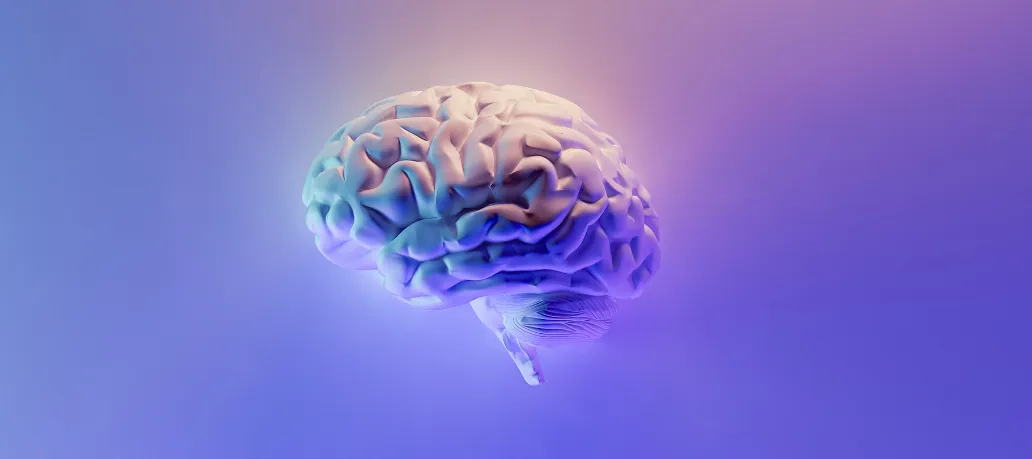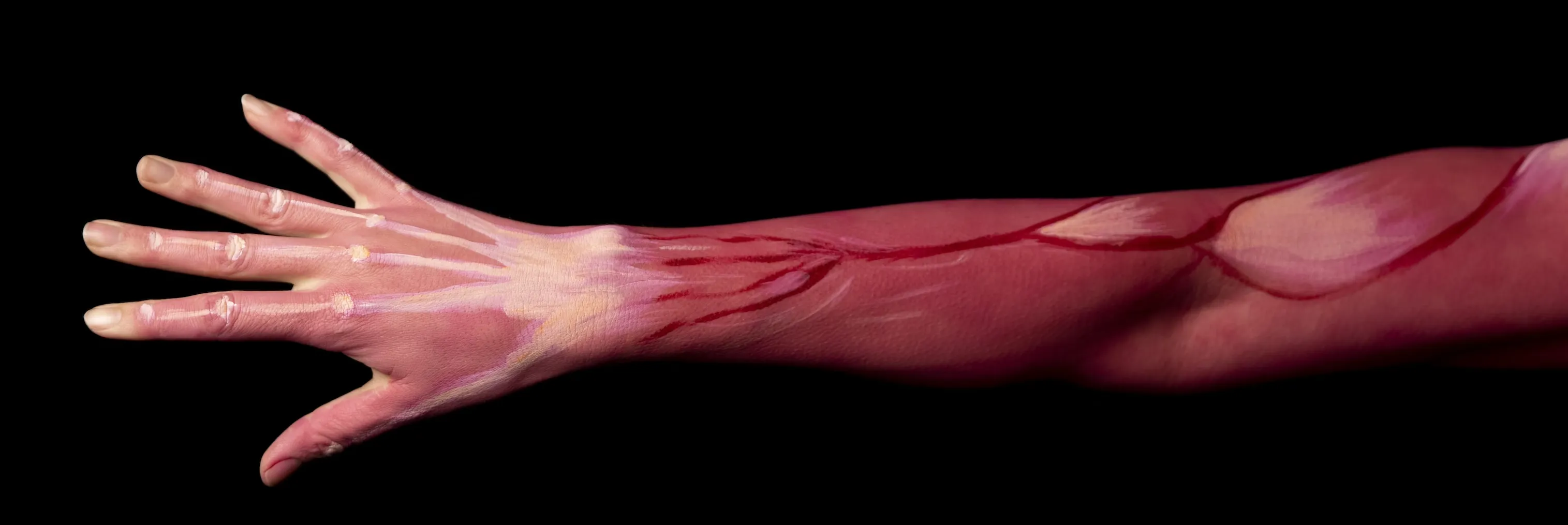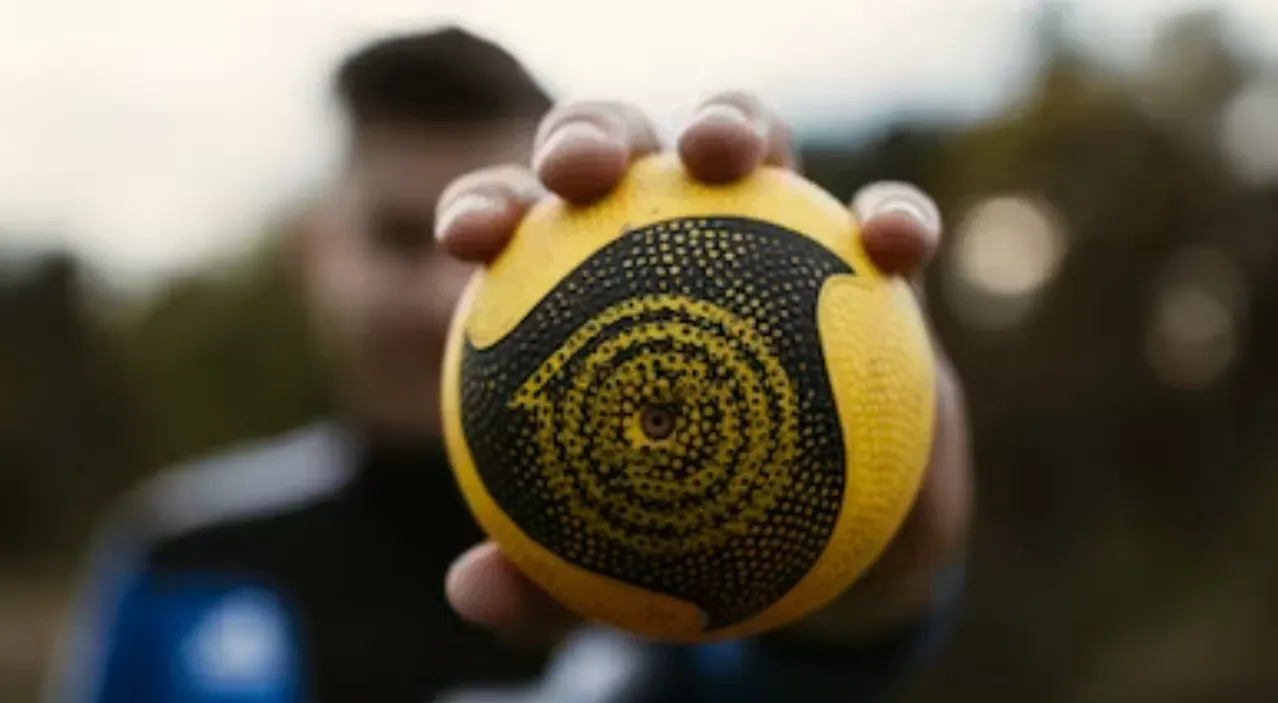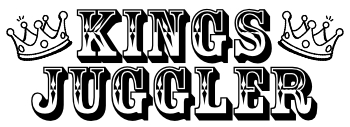How Juggling Helps Hand-Eye Coordination

- Quick Summary
- Why Juggling Improves Hand-Eye Coordination
- Neural Connections
- Muscle Memory
- Peripheral Vision Enhancement
- Types of Juggling for Maximum Benefit
- Getting Started with Juggling
- Choosing the Right Equipment
- Setting Realistic Goals
- Staying Consistent
- Why people stop Juggling
- Dropping the ball…literally
- Jugglers Fatigue
- Loss of Focus - I have other things to do!
- FAQ
- Let's Sum Things Up!
Oh, dear readers! I once knew a young lad named Jasper, who was absolutely brilliant at everything, except for one tiny thing - catching a ball. It was almost comical how a fly ball would always slip right through his fingers. However, one day, Jasper stumbled upon the art of juggling.
Fast forward a year, and the boy who couldn't catch a single ball was juggling three effortlessly! Intrigued by Jasper's transformation? Then dive into this tantalising tale of hand-eye coordination and discover how juggling can be your secret weapon!
Quick Summary
| Sections | Brief Description |
|---|---|
| Why Juggling Improves Coordination | Understand the science behind juggling's benefits. |
| Types of Juggling for Maximum Benefit | Delving into the best types of juggling for coordination. |
| Getting Started with Juggling | A guide to take you from zero to juggling hero! |
| Common Challenges and Overcoming Them | Tips to overcome typical challenges in your juggling journey. |
| FAQ | Addressing common questions about juggling and coordination. |
Why Juggling Improves Hand-Eye Coordination
- Neural Connections
- Muscle Memory
- Peripheral Vision Enhancement
Neural Connections

Every time we learn a new skill, especially one as demanding as juggling, our brain forms new neural pathways. When juggling, our brain is in overdrive, ensuring that our hands and eyes work in perfect synchrony. This not only enhances hand-eye coordination but also sharpens our reflexes and boosts cognitive functions.
Muscle Memory

Juggling is not just about throwing balls in the air. It’s about consistent, repetitive motion that drills the action into our muscle memory. As we practice, our hands instinctively know where to move, enhancing their coordination.
Peripheral Vision Enhancement

Juggling doesn't only require focusing on one object. Instead, we use our peripheral vision to keep track of all items. This enhancement of peripheral awareness is a boon for hand-eye coordination.
Types of Juggling for Maximum Benefit
- Basic Toss Juggling
- Contact Juggling
- Diabolo Juggling
| Type of Juggling | Description |
|---|---|
| Basic Toss Juggling | The most common form, it involves tossing multiple objects. This style is brilliant for beginners, boosting their initial hand-eye coordination skills. |
| Contact Juggling | A mesmerising form where the object, often a ball, remains in contact with the body. It's a fabulous method to fine-tune one's dexterity and spatial awareness. |
| Diabolo Juggling | Using a diabolo (an hourglass-shaped prop) and two sticks connected with a string, this technique not only challenges but also immensely enhances coordination. |
Getting Started with Juggling
- Choosing the Right Equipment
- Setting Realistic Goals
- Staying Consistent
Choosing the Right Equipment
Starting with bean bags or scarves is ideal as they don’t roll away when dropped, providing less frustration for beginners.
Setting Realistic Goals
Set small, achievable targets. Instead of aiming to juggle three balls immediately, start with one and gradually progress.
Staying Consistent
Like any skill, consistency is key. Practicing daily, even if just for a few minutes, can yield incredible results.
Why people stop Juggling

- Frequent Drops
- Fatigue
- Loss of Focus
Dropping the ball…literally
It's part and parcel of learning. Instead of getting disheartened, analyse the reason and adjust your technique.
Jugglers Fatigue
Take regular breaks during practice sessions. Overworking won't speed up the learning process but might cause injuries.
Loss of Focus - I have other things to do!
Ensure you're in a distraction-free zone. Playing soft background music can also help in improving concentration.
FAQ
| Question | Answer |
|---|---|
| Can anyone learn to juggle? | Yes, with practice and patience, anyone can master juggling and enjoy its coordination benefits. |
| How long does it take to see improvements in hand-eye coordination? | Most people notice improvements after a few weeks of consistent practice. |
| Is juggling beneficial for athletes? | Absolutely! Many athletes incorporate juggling into their training routines to enhance their hand-eye coordination. |
| What are the cognitive benefits of juggling? | Juggling can improve concentration, boost problem-solving skills, and enhance spatial awareness. |
| Does juggling help with multitasking? | Yes, juggling trains the brain to manage multiple tasks simultaneously, thus enhancing multitasking abilities. |
| How does juggling affect the brain? | Juggling increases grey matter in certain parts of the brain and strengthens neural connections, improving memory and reflexes. |
| Is there an age limit to start learning juggling? | No, people of all ages can learn to juggle. However, starting at a younger age might offer quicker adaptability. |
Let's Sum Things Up!
Juggling is not just an art or a fun pastime. It’s a proven technique to amplify your hand-eye coordination, reflexes, and even cognitive abilities. From neural connections to muscle memory, juggling works on various aspects, providing multifaceted benefits.
So, whether you're a Jasper trying to catch a ball or someone looking for an edge in sports or even daily life, juggling might just be the key!
we may earn a commission if you click through and make a purchase.

